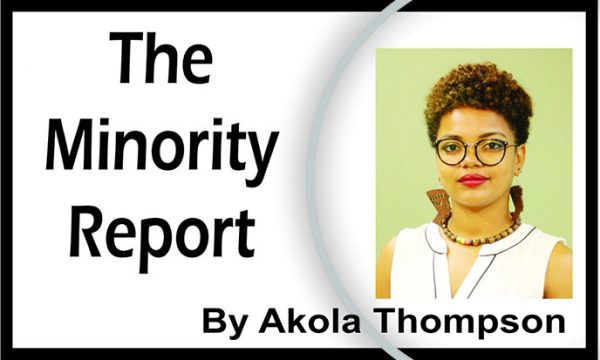
It certainly does not help that abuse has been normalized to such an extent that we still view the beating of women and children as being necessary to keep them on the path of righteousness. With these two groups often being viewed as second-class citizens, acts of abuse against them are steadily rationalized and encouraged. We continuously spew sayings like, women ga geh tap up and spare the rod, spoil the chile without admitting how we are directly contributing to the encouragement of cyclical violence. It has been proven ad nauseam how violence begets violence, yet we still have those who seek to promote the idea that licks can solve what dialogue cannot.
With the assaults against women on the rise, a frequent question that comes up in one form or the other is, “Why does she stay?” Many are usually at a loss that someone who is being abused would choose to remain with their abusive partners. We’ve all heard the stories before of women returning to husbands who beat them within an inch of their life. These occurrences have seen many regarding victims of abuse as being stupid or deserving of the violence meted out against them. We fail to consider the complexities of people and the various types of relationships we find ourselves in that can often see us being physically, emotionally and economically unable to leave.
One of the main factors at play is the simple fact that we have a culture of supporting abusers. We have become so accustomed to viewing domestic violence through lens far removed from our own lives that we do not allow ourselves to see how it exists within our own homes and that of our family and friends. We protect abusers in our family and professional spaces, coddling them and protecting their reputations from a public that would benefit from their exposure. A lot of us have grown up in abusive homes and spaces plagued by histories of violence and inequality. Examples of healthy relationships are not frequently seen and as a result, we mimic harmful behaviours surrounding us. This has seen an increasing normalization of abuse and has resulted in persons being unable to identify abusive behaviours and patterns.
Abusers use manipulative tactics to ensure that their victims are entirely dependent on them. As a result, many victims are trapped in relationships, as they might not have the means of leaving and surviving on their own. Particularly if children are involved, many women stay so as to ensure that their children remain clothed, housed and fed. Other concerns such as fear of breaking up the supposed family unit, lack of places to go and custody concerns also impacts their decision.
Leaving an abusive relationship can be one of the most dangerous times for women. We must understand that social ills such as physical and sexual violence are closely linked to men’s preoccupation with power and control over the lives of women. With the looming threat of losing power, many abusers in an attempt to regain power kill or mutilate their partners. The Femicide Census, 2018 reported that 55% of the women killed by their ex-partner or ex-spouse in 2017 were killed within the first month of separation and 87% in the first year. Weak police protection and inefficient judicial systems only make leaving that much more difficult as victims are aware that the police cannot be relied upon as a source of help in cases of Intimate Partner Violence. Many police disregard IPV as being Man ‘n Woman story and rarely ever appear on the scene of domestic violence calls. Added to this is the fact that protection orders issued are usually worthless in ensuring any sort of safety for those in possession of them and successful prosecution of abusers are far and few between.
As we seek to heal from the killing of our women and work towards a safer and more equitable future, we must look at the ways in which we can stop contributing to the culture of gendered violence. One of the ways in which we do this is to stop raising our children and ourselves with the very same destructive disciplinary and social systems we were raised with. We must stop holding on to notions of perceived male-female gender roles and recognize how these ideas affect our social realities. Let us raise our boys with empathy, patience and understanding and let our young girls know that their purpose in life is to not be endless wells of forgiving submission.





